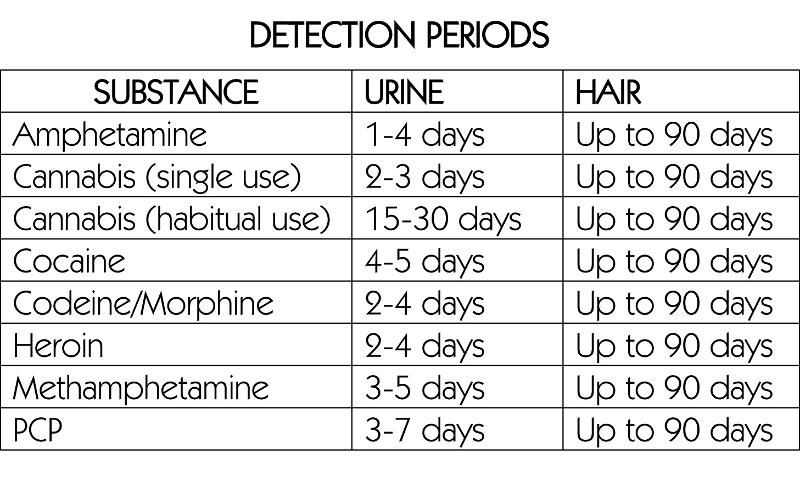The Omnibus Transportation Employee Testing Act of 1991 requires drug and alcohol testing of safety-sensitive transportation employees in aviation, trucking, railroads, mass transit, pipelines, and other transportation industries. Mandatory drug testing is required for five specific categories of drugs (referred to as the SAMHSA 5, previously called the NIDA-5):
1. Cannabinoids (marijuana, hash)
2. Cocaine (cocaine, crack, benzoylecognine)
3. Amphetamines (amphetamines, methamphetamines, speed)
4. Opiates (heroin, opium, codeine, morphine)
5. Phencyclidine (PCP)
There is an emerging trend with some of the more safety orriented trucking companies like JB Hunt, Schneider, C.R. England, Roehl Transport, Gordon Trucking, that have replaced the DOT required urine test with the radioimmuneassay of hair (RIAH) test, commonly known as hair testing.
Hair testing is more expensive, so why are some companies using it? Hair testing reveals 12 times more positive tests, or failures, than urine testing. Experts report that illegal drugs can be detected in hair for upwards of 90 days. Not only does hair testing give a longer window of detection, detecting drug users who abstain for a short period of time, but there is an inability to tamper with the test, unlike mandatory urine testing. Currently, there are no known adulterants for hair tests. Since hair tests analyze the drugs inside the hairshaft, external contaminants/chemicals have no effect.

The small percentage of carriers utilizing hair testing are more readily and accurately identifying illegal drug users. In the long run, they are probably saving millions of dollars and keeping drug users out of their trucks, thereby reducing the number of catastrophic wrecks on our highways.
